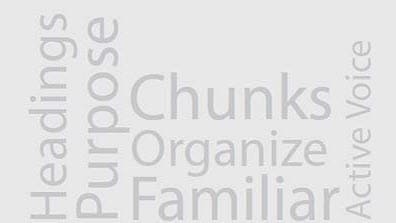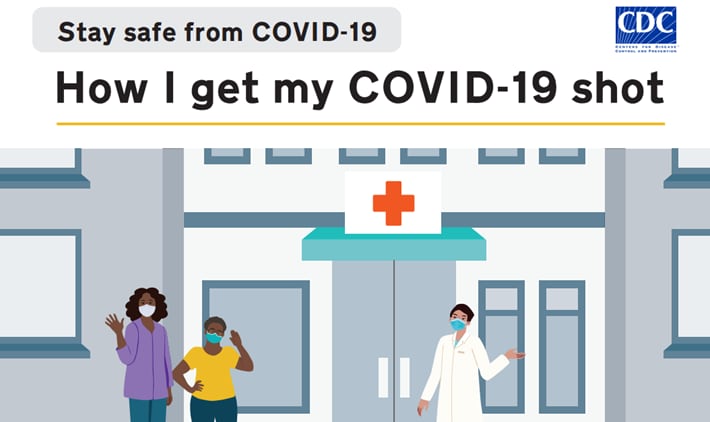At a glance
Plain language makes it easier for everyone to understand and use health information. Although plain language is a familiar idea, many organizations don’t use it very often. The Plain Writing Act of 2010 requires federal agencies to train staff to use plain language when they communicate with the public.
Plain language resources
Everyday Words for Public Health Communication. Use Everyday Words for Public Health Communication to reduce public health jargon. This tool lists terms that authors frequently use in public health materials and the terms' common, everyday alternatives. The recommended alternatives come from CDC's Health Literacy Council and other agency communicators. You can also see real-life examples of complex sentences and how our communicators revised them using common, everyday words.
The Federal Plain Language Guidelines. The Plain Language Action and Information Network (PLAIN) is a community of federal employees dedicated to the idea that citizens deserve clear communication from government. PLAIN developed and continues to revise the federal plain language guidelines to provide updated advice on clear communication.
Guidelines for Effective Writing. Centers for Medicare & Medicaid Services (CMS)CMS provides 8 categories of tips for effective writing.
Plain Language at NIH (National Institutes of Health). NIH has established the Clear Communication initiative that focuses on achieving health literacy objectives. Their page on plain language has information about training and links to plain language resources.

Plain language examples
The following materials demonstrate use of plain language principles.
How to Develop Products for Adults with Intellectual Developmental Disabilities and Extreme Low Literacy: A Product Development Tool [PDF – 23 MB]. Español [PDF – 24 MB]. These materials won the 2022 Grand ClearMark Award from the Center for Plain Language.

Still Going Strong, a campaign to raise awareness about preventable injuries among older adults, won the 2022 ClearMark Award for Posters, Charts, and Fliers.
Dengue Vaccine Poster [380 KB, 1 page] won the 2022 ClearMark Award in the Spanish Language category.
CDC's Division of Diabetes Translation (DDT) helps make diabetes research more accessible to consumers by providing plain-language summaries of research reports. Read DDT's research summaries for examples of how to revise technical jargon so that it's easier to understand. Below each plain-language summary, you'll find a link to the source.
Plain language checklist
Plain language is communication your audience understands the first time they read it or hear it. Use this checklist to make your materials easier for your audience to understand:
Organize to serve the audience
- Know your audience and purpose before you begin.
- Put the most important message first.
- Present other information in order of importance to the audience.
- Break text into logical chunks and use headings.
Choose words carefully
- Write in the active voice.
- Choose words and numbers your audience knows
- Strive for an average of 20 words per sentence. Limit each sentence to 1 idea.
- Limit paragraphs to 1 topic and 5 sentences.
- Use "you" and other pronouns.
Make information easy to find
- Use headings and text boxes.
- Delete unnecessary words, sentences, and paragraphs.
- Create lists and tables, if appropriate.
